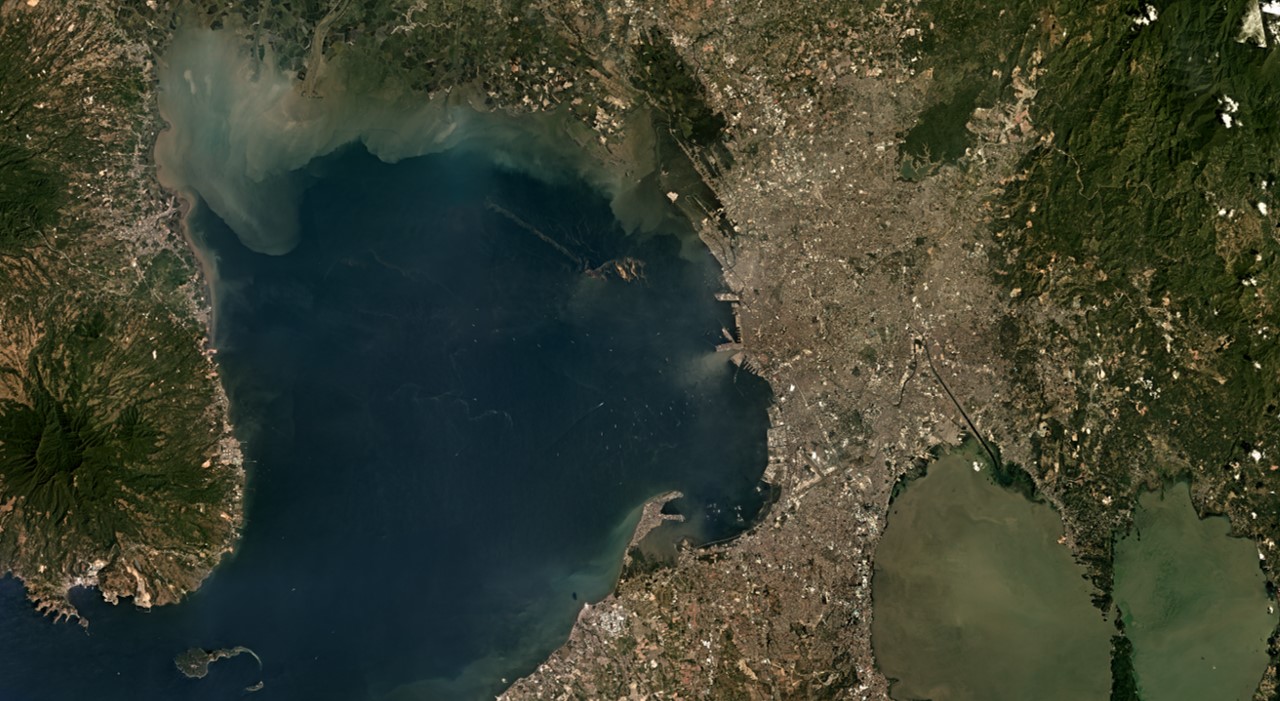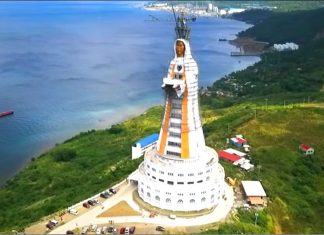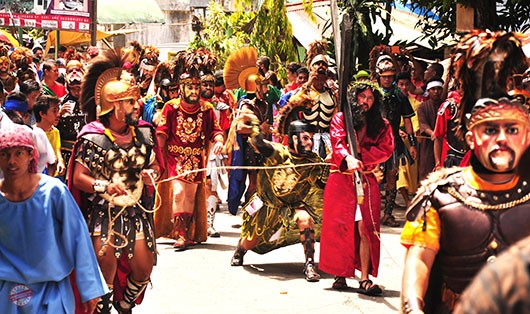The University of the Philippines (UP) and the Department of Science and Technology (DOST) are working together on a research project to help in the rehabilitation of polluted Manila Bay.
After their successful collaborations that produced the Philippines’ first COVID-19 test kit and RxBox Vital Signs Monitoring Device, among other innovations, the country’s state university and science and technology agency are pairing up once again to undertake a 2-year research project called the Integrated Mapping, Monitoring, Modelling, and Management System for Manila Bay and Linked Environments (IM4ManilaBay) Program.
Previously renowned worldwide for the Manila Bay sunset and a key tourism destination, the area has since suffered polluted waters.
Launched on World Environment Day on June 5, 2020, the IM4ManilaBay Program aims to characterize Manila Bay and its watershed and linked environments to provide information for rehabilitation and management through water quality monitoring and mapping, hydrodynamic and hydrologic modeling, and dredge materials and solid waste management.
The IM4ManilaBay Program has four component projects that have been ongoing since the first quarter of 2020:
- Project Mapable
- Project IWASTO
- Project e-SMART
- Project CharTeD DreaM (DOST ITDI Updates)
The IM4ManilaBay research undertaking is led by different UP units.
Projects MapABLE, IWASTO, and e-SMART are being implemented by UP Diliman College of Engineering through the UP Department of Geodetic Engineering/Training Center for Applied Geodesy and Photogrammetry (UP TCAGP) and UP Institute of Civil Engineering (UP ICE).
MapABLE (Development of Integrated Mapping, Monitoring, and Analytical Network System for Manila Bay and Linked Environments) is led by Dr. Ariel C. Blanco. The project aims to develop and deploy an integrated system for mapping and monitoring the water quality of Manila Bay and linked systems, including major tributary rivers, using geospatial technologies and citizen science.
IWASTO (Integrated Waste Analysis, Survey and Technological Options) is led by Dr. Maria Antonia N. Tanchuling. The project aims to describe and assess the solid waste management (SWM) activities in communities that are part of the Manila Bay watershed. It also intends to set up appropriate waste utilization technologies to process biodegradable and plastic wastes in selected communities. SWM information, such as waste characteristics and available facilities, will also be systemized and made available to the general public.
E-SMART (Eco-system Modeling and Material Transport Analysis for the Rehabilitation of Manila Bay) is led by Dr. Eugene C. Herrera. The project aims to streamline solution interventions for the rehabilitation of Manila Bay through hydrodynamic and material transport analysis of the integrated Manila Bay-Pasig River-Laguna Lake and surrounding watersheds system using numerical modeling.
CharTeD DreaM (Management of Dredged Material: Characterization, Treatment, and Disposal) is led by Engr. Reynaldo L. Esguerra. The project aims to provide technology for the management and utilization of dredged materials collected from Tullahan-Tinajeros River System. The dredged materials will undergo characterization, pre-treatment, chemical treatment, and immobilization studies. Design of pilot treatment facility will be developed for the utilization of treated dredged materials into concrete aggregates.
These four projects are funded by the DOST-Philippines and manage-monitored by the Philippine Council for Industry, Energy, and Emerging Technology Research and Development (DOST-PCIEERD).
The IM4ManilaBay organizers say that they are eyeing funding in 2021 from the Department of Environment and Natural Resources (DENR) for the projects on wastewater, waterborne pathogens, and endocrine-disrupting chemicals.
Just before the community quarantine to stop the spread of coronavirus disease was enforced in the Philippines, San Miguel Corporation and DENR were poised to conduct dredging Tullahan-Tinajeros River System to boost the Manila Bay rehab and solve Bulacan flooding.
Manila’s longest creek, Estero de Tripa de Gallina, was also dredged to subside floods and help the Manila Bay rehab program.
SEND WELL WISHES in the comments below to the University of the Philippines and DOST teams working together to help in the rehabilitation of world-famous Manila Bay.
Want to know how to be a Proud Pinoy? Like, Follow, Subscribe to GoodNewsPilipinas.com, and our socials Facebook, Twitter, Instagram, Good News Pilipinas! TV on YouTube, for new story notifications, and e-mail newsletters for updates on more Filipino Pride stories.











